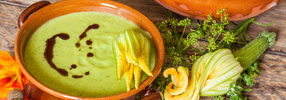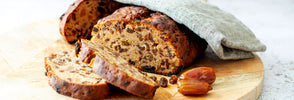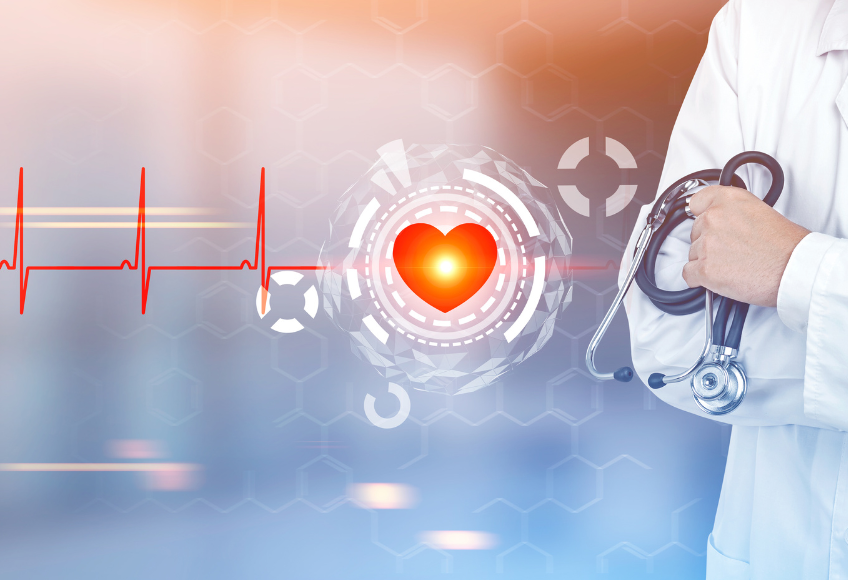
Organ series: heart
The health of our organs plays a major role for your well -being and fitness. But do you actually know how every single organ of your body actually works?
If you are not studying medicine or are interested in it privately, the answer is usually open to you. Therefore we would like to educate you and bring the human organs closer to you.
In the next few months, new blog posts are waiting for you again and again. We will explain the functions of our organs, the connection with histamine intolerance and much more.
Today we take a closer look at our heart. The heart is a real miracle of nature - a complex organ that ensures the life -proof blood supply to the body. Did you know that our heart has its own network of tens of thousands of nerve cells? So it has a small brain with which it can perceive things, store memories and experiences, even evaluate and then adapt or change its behavior accordingly. So it is very obvious that the heart "feels".
Our heart also has a very sophisticated design. It consists of a left and right half of the heart that consists of frosting stoves and chambers as well as a branched system of veins and arteries. It is really amazing what our heart does in the course of his life. It is not just an organ, but the engine of our body. Without our heart we couldn't live, breathe or move. Our heart beats an average of 70-80 times a minute every day.
Tasks and functions of the heart
- Pumps the blood with the oxygen and other nutrients and waste materials contained therein through the body circuit and lung cycle
- Ensures that even the most remote areas of the body are adequately supplied with blood
- Production of the love hormone oxytocin (to a minimum scope)
The heart is a tireless worker who pumps blood through our body without omission and supplies all organs with vital nutrients and oxygen. It transports up to six liters of blood every minute. But how does the heart manage to cope with this enormous stress every day anew and how does this remarkable human pump work?
Our heart forms the center of the bloodstream and uses a refined vascular system to supply all organs and tissues with nutrients and oxygen. It pumps oxygen -rich blood into the arteries via the main arteries (Aorta), which branch out into the tiniest capillaries. In this way, the heart ensures that every cell of the body is reached and supplied with vital fabrics. Then the oxygen -poor blood flows from the tissue through the veins back to the heart. There it is pumped into the lung circuit and enriched with oxygen again before the cardiovascular starts again.
The heart focuses on two important tasks: the left half of the heart promotes the oxygen -rich blood into the large blood circulation, while the right half of the heart is responsible for the transport of the oxygen -poor blood into the lung cycle. A healthy adult has a heartbeat between 60 and 80 times a minute in peace. The entire amount of blood is pumped through the body during every heartbeat. The heartbeat is divided into two phases: the systole (contraction phase) and the diastole (resting phase). During the systole, the heart muscle contracts and pumps the blood into the circulation to supply the organs and the body tissue with oxygen -rich blood. The heart muscle relaxes again in the diastole and absorbs the oxygen -poor blood.
Multicolumn
-
Location in the body
Many answers to the question of where the heart is in humans, "left", which is not wrong but not entirely correct either. To the most part, the heart is actually on the left, but there is also a part that is on the right and one that is oriented backwards. For this you should imagine the chest. The heart is practically in the middle of the chest.
At the same time, it is still surrounded by the lungs and goes to the air and esophagus, whereby the organs ensure further protection here. The heart is not exactly, but slightly inclined. This inclination goes from right to the bottom right and then slightly forward. -
Organ clock
During the course of the day, each organ has its absolute highlight in activity and as an opposite pole! So if you always watch in the morning between 11:00 p.m. and 1:00 a.m., you should focus on your heart.
- Strongest activity: 11 a.m. to 1 p.m.
- Weakest activity: 11 p.m. to 1 a.m.
Mental component
Certainly you know the saying: "Don't take it to heart." Exactly this saying shows that our heart is more than just a pump for the blood. As we have already experienced above, it has its own independent nervous system that is even more complex than the brain. In fear and stress, you often experience heart problems such as rapid heartbeat or heart stumbling or an anxiety in the area of the heart, even though the heart is healthy. The heart can therefore be brought out of the rhythm through strong emotions, regardless of whether it is joy, anger, grief or disappointment. It is not for nothing that there is "Broken-Heart syndrome" in medicine that stress-cardiomyopathy is also called. This disease is triggered by strong emotional stress and occurs frequently in women between 50 and 80 years.
We can not only perceive feelings and moods from other people through the heart, but also our own sending out. For example, we immediately notice that positive emotions such as appreciation or sympathy improve the heart rate. But not only mental stress can be harmful to the heart in the long run, but also persistent exhausting physical stress can have a negative impact on heart health. Conclusion: A diseased heart is usually not only a purely physical matter, mental health is always always one aspect.
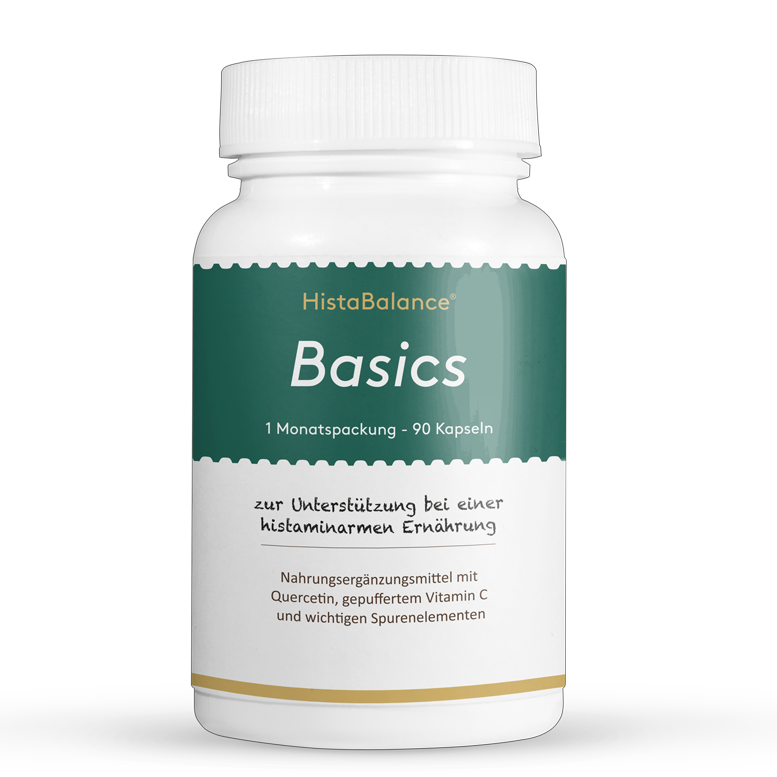
Advertisement
Histaminikus
Basics
4.89 / 5.0
(28) 28 total reviews
Share
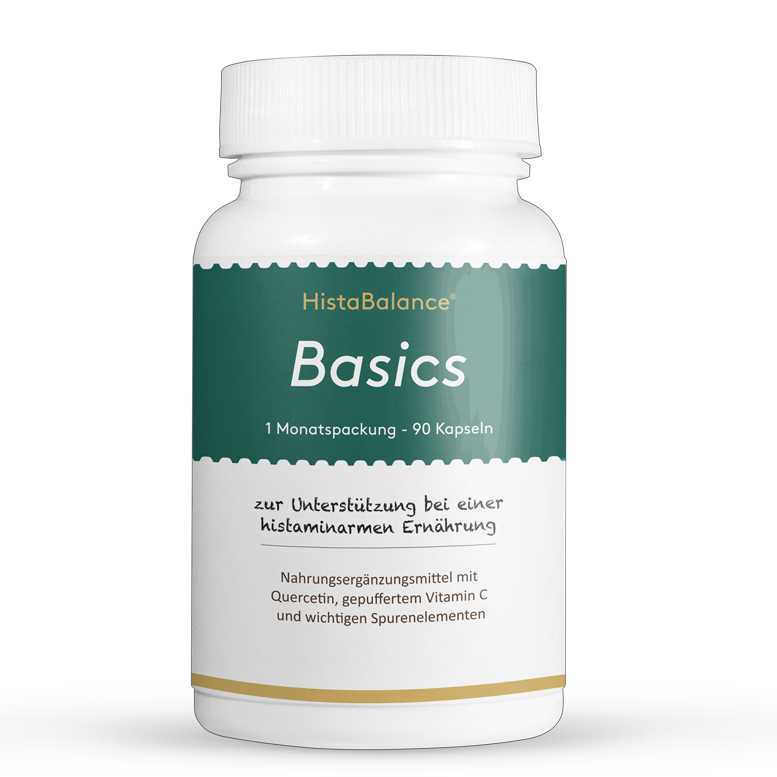
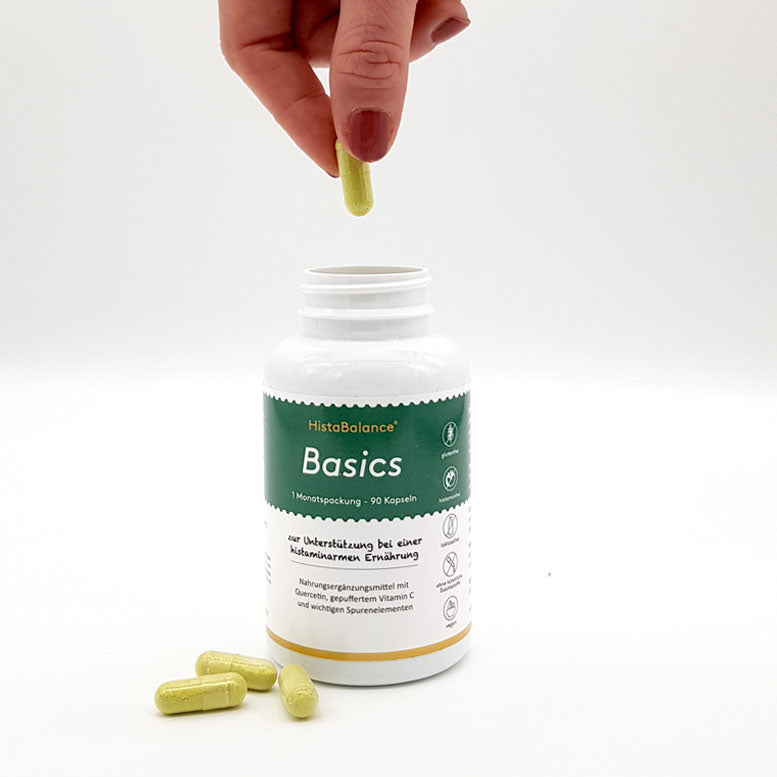
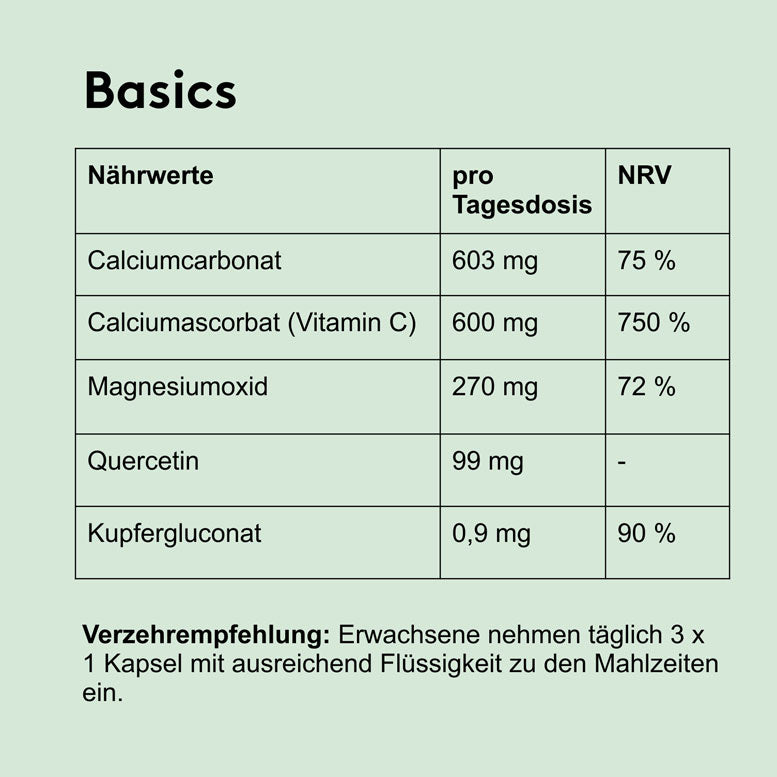

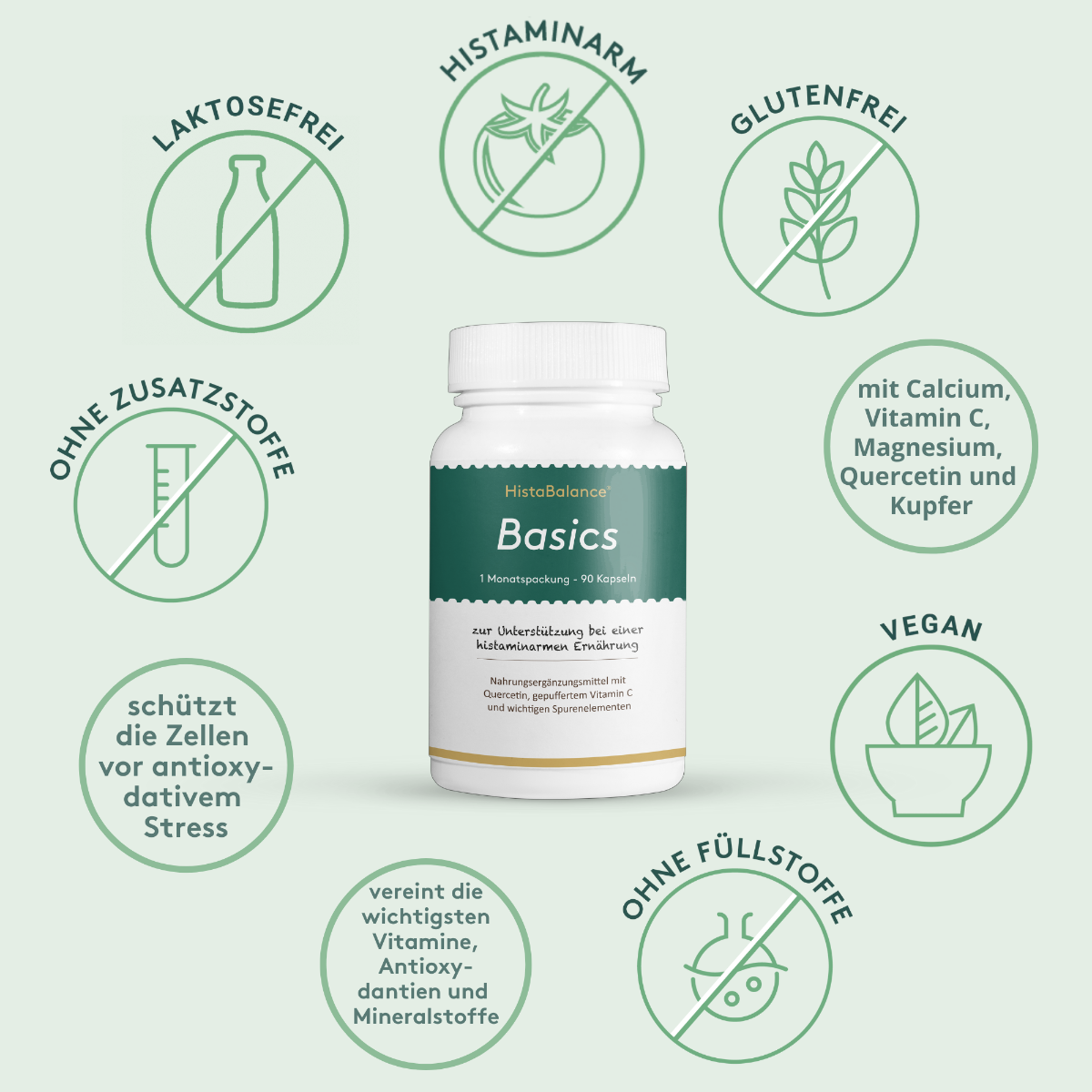
Connection with histamine intolerance
If histamine is released from the mast cells, it has the task of narrowing the large blood vessels, expanding the little ones and increasing the permeability of the blood vessels. In this way, each body area is better supplied with blood so that the defense cells can reach the scene as quickly as possible. With regard to this, Histamine also has the option of changing the coronary arteries so that the heartbeat, heartbeat and heart stumbling may occur. Most of the time, these cardiac arrhythmias are harmless, but those affected can hunt a very nice horror.
If a lot of histamine is released, the following can happen by the change in the blood vessels mentioned above: The blood goes into the peripheral fabric, causes swelling there and sinked into the peripheral (arms, legs, skin). The amount of blood in the blood vessels drops and blood pressure falls. As a result, the internal organs are no longer sufficiently supplied, the circulation collapses and an anaphylactic shock is created.
Symptoms in histamine intolerance
- Heart rhythm disorders
- Rapid heartbeat
- Palpitations
- Low blood pressure, high blood pressure
- Circular disorders
- In extreme cases: anaphylactic shock
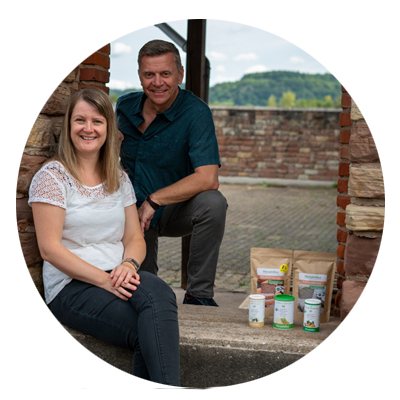
From those affected for those affected
We are Thomas and Michaela Zinser, founder of Histaminikus.
Because of the own histamine intolerance of Michaela and our son, we founded Histaminikus. The frustration does not find any suitable histamine food has spurred us to develop low -histamine food.
We would like to give you back a piece of quality of life. Feel free to look around with us.
Kind regards
Thomas and Michaela


